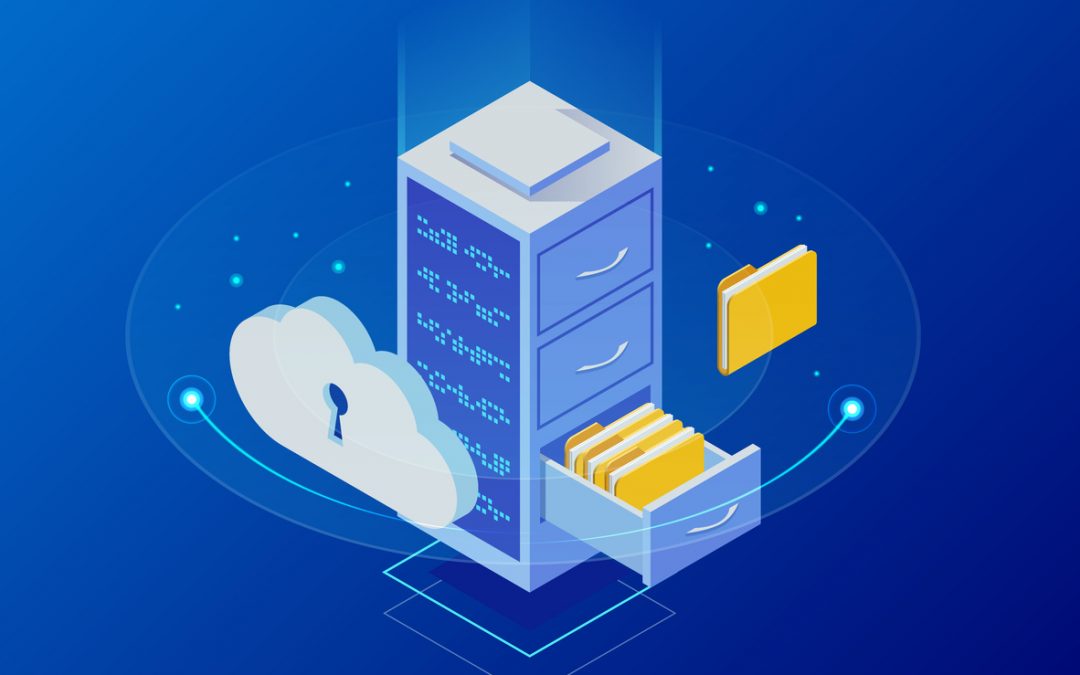Everybody who’s ever used a computer for work should know that it’s vitally important to make backups. Whether you’re looking at an unexpected drive failure or an accidental nudge of the delete key, having an up-to-date copy of your business data at hand could be enough to save your company from catastrophe.
Nonetheless, many of us are guilty of not making backups frequently enough, or even making them in the first place. It’s seen as resource-intensive, complicated and a lot of work for an uncertain outcome.
In this guide, we’ll be dispelling some of those misconceptions as we explore how even a small business can regularly back up data in a secure, efficient and cost-effective way.
What is a backup, anyway?
To put it very simply, a backup is a complete copy of your data – whether that’s a single file or the contents of an entire drive – that resides on a different storage device to the original, ideally off-site, and allows for it to be restored if data loss occurs.
Data loss can happen for all kinds of reasons, and it’s important to take all of them into account. You shouldn’t keep your backups on-site, for example, because they’ll be protected against drive failure and file corruption but not fire and flooding. Similarly, you can’t rely on a RAID as a backup device, because the way it mirrors drives means that every copy of the data is susceptible to human error.
How do I get started?
Before you boot up Windows Backup and start transferring files to your nearest USB stick, it’s important to think about the reasons you’re backing up and whether or not your chosen method fulfils those objectives.
If you’ve got even a rudimentary grounding in disaster recovery (DR), you’ll be aware of two very important metrics: recovery point objective (RPO) and recovery time objective (RTO). RPO refers to the maximum age data can reach before it becomes ineffective for backup purposes. RTO, meanwhile, describes the length of time your business can survive without that data.
You don’t need a formal DR plan to back up your business data effectively, but auditing your drives and servers in terms of RPO and RTO is definitely a useful way to determine what form your backups should take, as well as where they should be stored.
After that, you can begin to think about making them a reality.
Backing up to an external drive
Nowadays, one of the most common ways for home and small business users to back up their data is onto an external HDD. These are cheap, reasonably fast, easy to store and transport, and usually more convenient than lower-capacity removable media like optical disks and memory cards.
Depending on your business needs, grabbing a handful of external drives and backing up files over USB once or twice a week might be more than enough to fulfill your recovery time and point objectives. Just remember to store at least one of them off-site or in a fireproof safe.
It’s worth noting here that a ton of free and commercial software exists to make the process of backing up simpler and more efficient. Windows Backup, which is built into modern versions of Windows, is one such example, as is Apple’s Time Machine. Using a particular app to copy data is rarely compulsory, but you might find it makes life easier in the long run.
Backing up to NAS
If you don’t want the hassle of juggling individual drives, consider backing up to a network attached storage (NAS) device. NAS is a simple way to share files between networked computers, usually comprising a bunch of HDDs in a RAID configuration, so it’s a more convenient and resilient choice than a regular external drive.
Some of the best-known NAS vendors include Synology, Drobo and Western Digital, and between them they offer hardware solutions at a wide range of price points. Just remember that if it’s kept in your office, your NAS device is no less vulnerable to fire and flooding than the rest of your network. Make sure you have an off-site copy of your data, too.
Backing up to a cloud service
Finally, you have the option of avoiding hardware spend entirely and using a cloud service in lieu of external drives and other storage media. For many small business users, the cloud has completely revolutionized the process of backing up – it’s now possible, security and compliance concerns notwithstanding, to implement an off-site backup strategy without spending a penny on equipment, transit and rack space.
Data loss and downtime can be enough to bring a small business to its knees, so it’s better to be safe than sorry and spend too much rather than too little. Contact the experts at TCom Networks today for Data Backup Solutions.
Source: Ontrack

